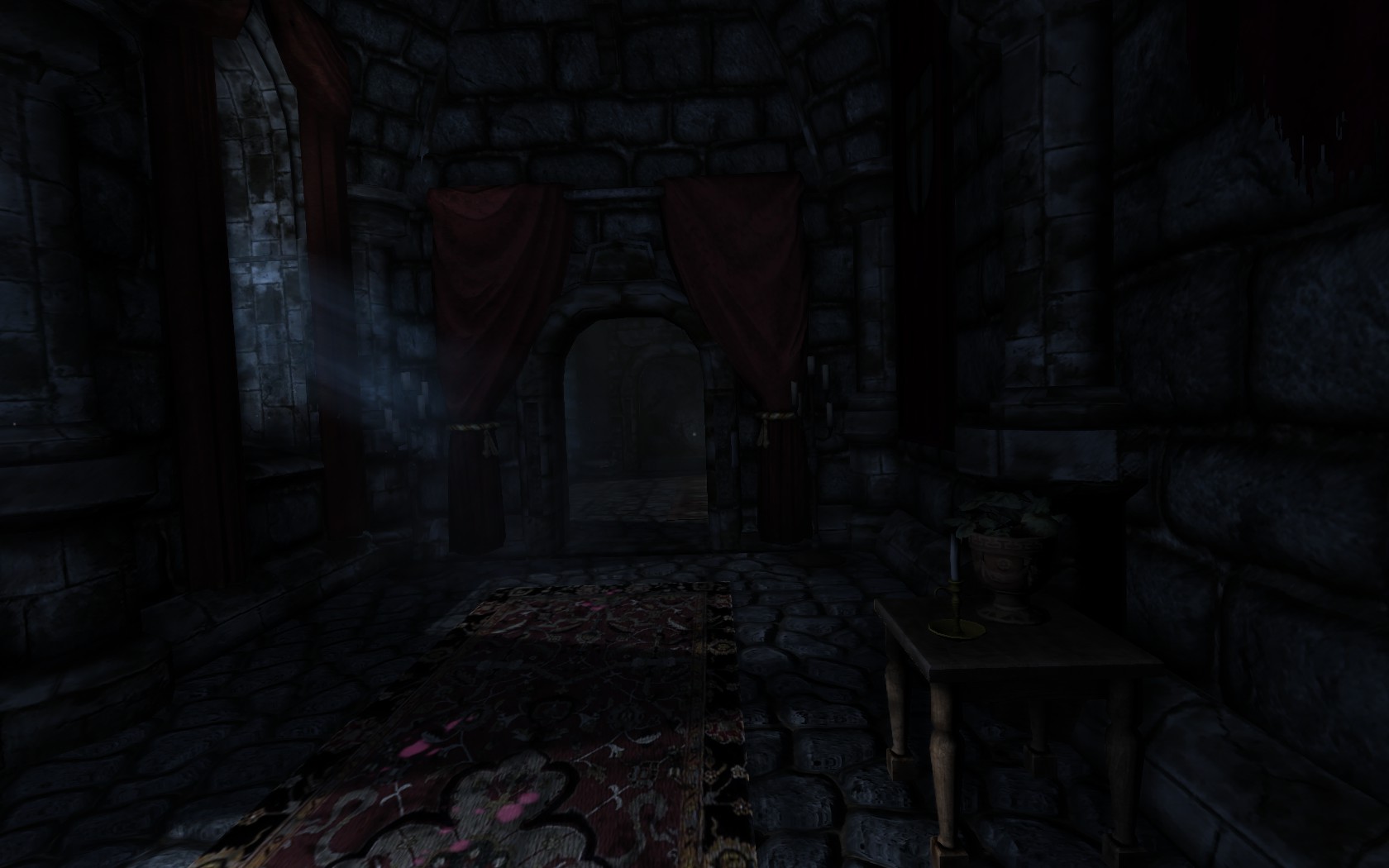We’re off this week, so we are pleased to share some of our favorite work from Year 1. This piece was part of our Scum & Villainy issue, which is a deep dive into the dark side. So to speak. Enjoy!
Villains. Antagonists. All-around bad guys. Whatever you know them as, they all share one common goal: to make things worse for the hero. However, one type of villain stands apart from the rest. He is the sympathetic villain — the type of man, or woman, who, despite the atrocities he commits, is someone you can understand. He is not the total embodiment of evil nor a baseless, deranged murderer, but a flawed individual who somehow got on the wrong side of life and has gone too far to turn back now. Love him or hate him, the sympathetic villain elicits reactions from both character and audience like no other can, earning him a grudging place in our cold, black hearts.
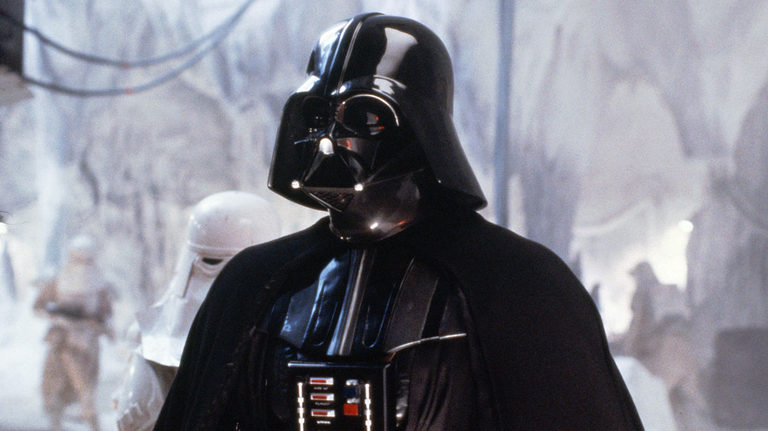
Darth Vader: Everyone’s Favorite Sympathetic Villain
Sympathetic villains tend to be those you can identify with, or in the case of Darth Vader, identify visually. His all-black attire and helmeted visage makes him stand out from the legions of stormtroopers he commands — to say nothing of his menacing metallic voice. Darth Vader begins the Star Wars saga as a mysterious villain, an unknowable figure whose cruelty is only matched by his power. He kills the hero’s mentor figure, reprimands his subordinates by killing them too, and has no problem with an entire planet’s death. And he has complete command over the Force. Vader represents to us the immeasurable power of evil, hounding the heroes to the far reaches of the galaxy with fleets of starships, battalions of soldiers, and his crushing knowledge of the Force.
His role changes, however, when he reveals his relation to the story’s protagonist at the end of The Empire Strikes Back. As an unknowable representation of evil, we could hate him freely; as Luke’s father, suddenly his terrible deeds seem all the more terrible. Although at this point in the films, Vader is still for the most part a mysterious villain, but we begin to wonder why he can be such a powerful force for evil when his son is so unquestionably good. We wrestle with this inner conflict even further when, moments after he reveals his identity to Luke, he offers a proposition: “Join me, and together we can rule the galaxy as father and son.” This is a clear indication that Vader cannot simply be dismissed as unknowably evil; a significant piece of the puzzle has been filled in. He could be lying, intending to cut Luke down of he accepts the offer, but because there is no inner dialogue for us to read or hear, we cannot truly know Vader’s motivations — there may be more to him than we know. At the end of Return of the Jedi, when Vader chooses his son over his emperor, there is a feeling of catharsis — for us and for Luke — from having seen Vader go from totally evil to returning to the light. In having once been a mysterious force for unfathomable evil, his turn is all the more satisfying.

That sense of closure is what makes Vader’s redemption, and the sympathetic villain by extension, so appealing. In the battle of good versus evil, his decision marks a return to balance. It’s a universal concept, which is why Vader’s story has been mimicked so many times. He turns from being an unknowable force for evil to being a person, someone who, despite the terrible things he’s done, wants to save his child. Or, at the very least, want to not kill him.
Make no mistake — his role as sympathetic villain simply could not exist without having been mysterious first. But the final act of knowing, the revealing of him as a sympathetic character, is what elevates him from being a villain we can hate to one we can love.
Severus Snape: The One You Love to Hate
Books have had a long history with the sympathetic villain, from Satan to Mr. Darcy, but a recent example of one done really well is Severus Snape from the Harry Potter series. He first comes off as arrogant, pompous, and unnecessarily mean-spirited toward Harry, establishing himself as a constant thorn in the young protagonist’s side. In his role as Hogwarts Professor, he outclasses Harry, much in the way that Vader, Dark Lord of the Sith, outclassed/outranked Luke, a farm boy from the backwater desert planet of Tatooine. Snape routinely thwarts Harry’s efforts to uncover various mysteries, creating a villain who frustrates rather than looms scarily in the distance. And even though Dumbledore tells Harry to trust Snape, we don’t want to believe him because of how nasty Snape is.
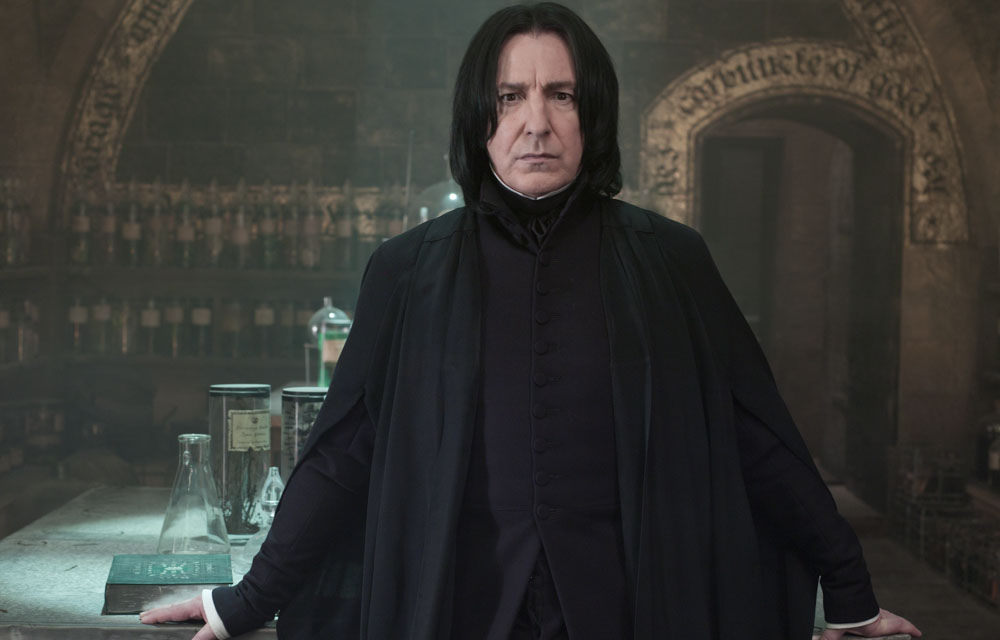
Over the course of seven books (or eight films), Snape follows a similar trajectory to Vader’s as he goes from mysterious villain to a sympathetic one. Along with Harry, we learn that much of Snape’s animosity towards Harry stems from the teenage rivalry between Snape and Harry’s father, James Potter. Together we discover the young Snape loved Lily, the woman who would eventually become Harry’s mother. It is this love for Lily that cements Snape as a sympathetic villain. The huge moment of catharsis comes in Harry Potter and the Deathly Hallows, when Harry looks into Snape’s mind, who had just been fatally bitten by the snake Nagini. Snape’s memories reveal the hidden meanings behind much of his earlier nastiness. Even Snape’s most terrible deed — the killing of Dumbledore — was done out of that deep love, as he was willing to protect and die for Lily’s son, even though the child was not his. It was a burden Snape bore so others would not have to.
It’s true that Snape does straddle the line between sympathetic villain and misunderstood hero. Author J.K. Rowling purposefully obscured the information until late in the series to give us plenty of time to form our opinions about the nasty Master of Potions. Establishing Snape as a villain whose evil grows over the course of the series, only to provide us with context for his actions later, is what makes his sacrifice so meaningful. Snape is worthy of being called a villain because over the entire story’s journey his reputation becomes worse and worse. One act is enough to absolve him, but it doesn’t change his having done some terrible things.
The Cold Origins of Blizzard’s Sympathetic Villains
The sympathetic villain is one of Blizzard Entertainment’s favorite tropes to use in its epic fantasy and sci-fi games. Warcraft and Starcraft, two of Blizzard’s biggest game series, feature main villains who began as heroes but turned from the light. We sympathize with Kerrigan (Starcraft) and Arthas (Warcraft III) because we not only witness but play active roles in their falls from grace. Unlike Vader and Snape, whose roles as mysterious villains were established at the time the stories began, we are introduced to both Kerrigan and Arthas as champions for good. Upon meeting them we know exactly who they are — stalwart, dedicated, and capable heroes committed to their cause for the Terran Dominion and the Human Alliance. When invaders threaten their way of life, they rise to the task of protecting the ones they love. Missions in both Starcraft and Warcraft III give us control over these heroes, and with that comes a sense of ownership over them. We dictate their actions, and if they die, it’s game over for us and we must restart. Kerrigan’s and Arthas’s overall narratives play out in similar ways — they are corrupted and join the very forces they had sought to destroy — which sets the stage for building them as sympathetic villains.
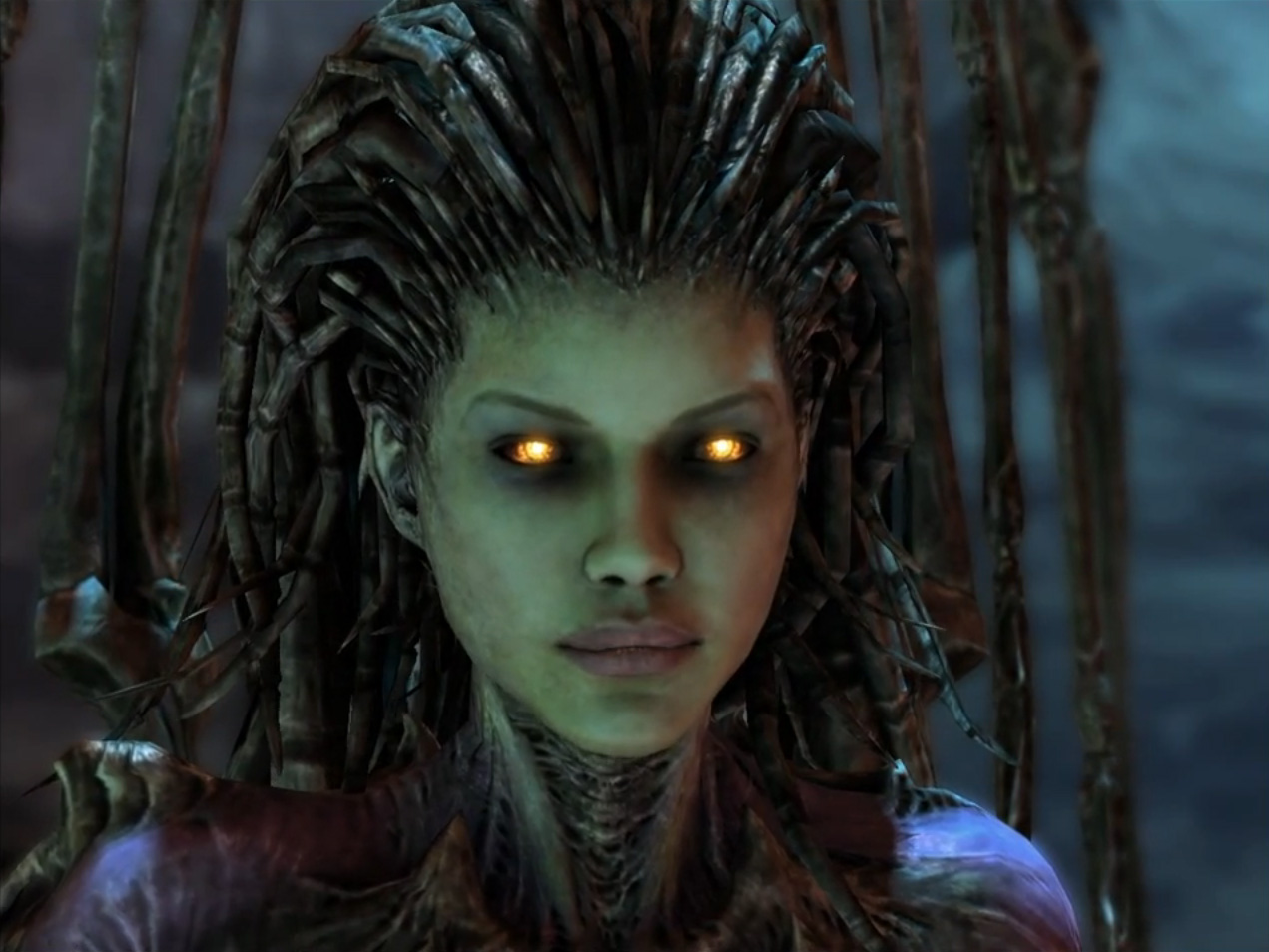
Having not only this knowledge of the people they used to be, but having lived it through the gameplay itself is what makes them sympathetic. We feel for them because we saw their turning points — Kerrigan is betrayed by Arcturus Mengsk and left to die; Arthas takes up the cursed blade Frostmourne to save his people from an undead plague. But that sympathy doesn’t come with cathartic moments of closure for either Kerrigan or Arthas; once they turn, they continue being villainous in later games, laying waste to their enemies with cruelty and resolve. If we had never known their struggles, their desires to be good people, their roles as primary villains would have seemed one-dimensional. They would have served as mysterious villains, and nothing more. They would have needed crucial turning points to become sympathetic.
Even though they become terrible people, that doesn’t change what they once were — people. People with hopes and dreams and ideals. Kerrigan’s and Arthas’s vengeance quests are fueled by their convictions to protect and defend, and those same convictions are twisted. But still we feel for them because we know, we were there when it happened.
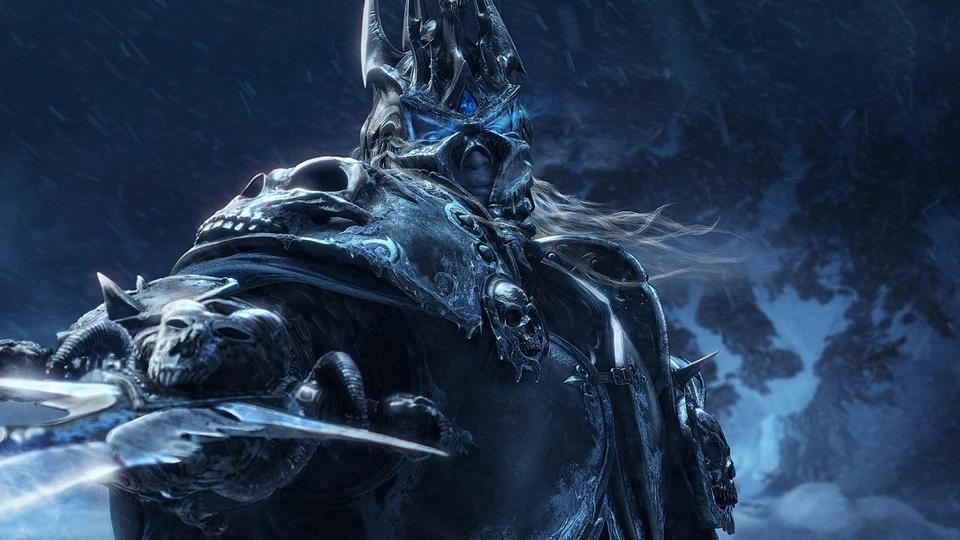
No Rest for the Wicked
Sympathetic villains elevate the very idea of what it means to be antagonists. At their most basic, villains exist to cause trouble for the heroes, cause conflict, and move plots forward. Mysterious villains do all of these just fine, but without that added layer of emotional investment are simply not as well-rounded.
That well-roundedness is critical for looking at characters we can relate to simply because humans are, generally speaking, not wholly good nor wholly evil. Characters in stories we read, watch, and even play are meant to reflect parts of ourselves — the good parts played by heroes, the bad parts by villains. The sympathetic villain represents the part of the human condition that takes the best of both sides — the determination of good married with the cruelty of evil — and shows just how far out of control someone’s life can take them, where an unexpected turn is the difference between saving the world and destroying it.







